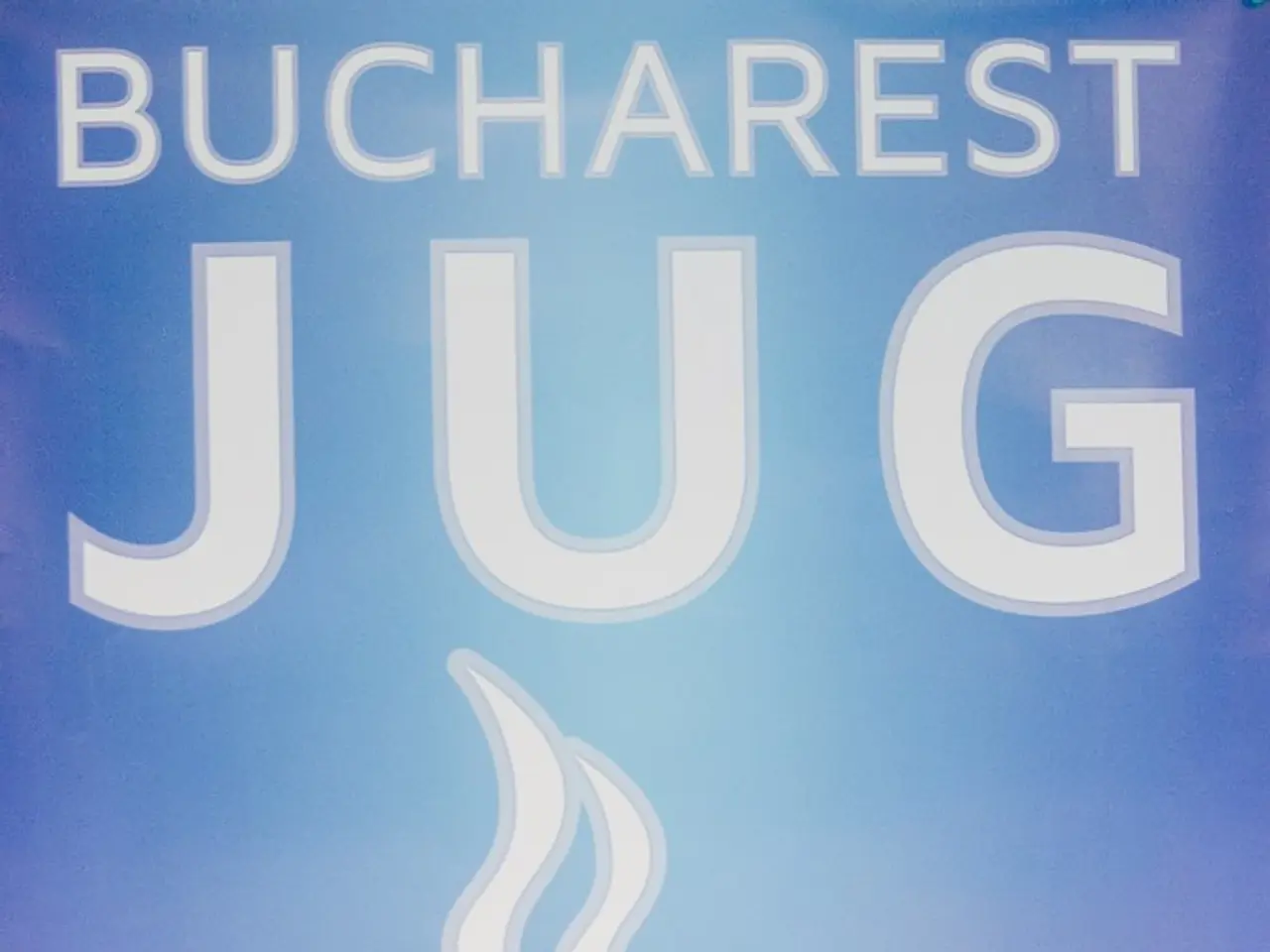Equity mutual fund inflows reached a record-breaking ₹42,702 crore in July, fueled by increased demand and thematic bets, as indicated by the NFO (New Fund Offer) frenzy.
Record Equity Mutual Fund Inflows in July 2025: A Shift Towards Passive Investing and Domestic Consumption
In a significant development for the Indian investment landscape, equity mutual funds witnessed record inflows in July 2025, reaching an impressive ₹42,702 crore. This marks a substantial increase from the previous month's inflows of ₹23,587 crore.
The surge in equity mutual fund inflows can be attributed to several key factors. One such factor is the maturation of Systematic Investment Plans (SIPs), with a growing number of investors holding onto their SIPs for longer durations. In fact, the percentage of SIPs held over five years has risen sharply from 4–5% in 2020 to nearly 30% in 2025, reflecting increased maturity, consistency, and average SIP amounts.
Another significant factor is the sectoral focus of mutual fund managers. There has been a notable shift towards sectors tied to domestic consumption and global supply chain repositioning, particularly retail, chemicals, and pharmaceuticals. These sectors have been responsible for a disproportionately large share of equity assets under management (AUM) growth as of June 2025.
However, it's important to note that there is an ongoing structural shift within the industry, with active mutual funds experiencing outflows and investors favouring passive instruments and Exchange-Traded Funds (ETFs). ETFs alone have pulled in record inflows globally and are projected to reach over $1.3 trillion by year-end 2025. Asset managers are rapidly expanding passive fund offerings, having launched over 100 passive funds in 2025 in India alone.
The mutual fund industry's AUM has grown robustly, reaching ₹75.36 lakh crore by the end of July 2025. This growth indicates a shift that requires fund houses to balance active management with the expanding passive fund segment. Fund houses that adapt by embracing ETFs and passive strategies, supported by technology and product innovation, are positioned to capture greater market share.
In terms of specific fund categories, thematic funds received the highest inflow of ₹9,426 crore, followed by new fund offers contributing ₹30,416 crore to the total inflows. Mid-cap schemes attracted investment of ₹5,182 crore, while small-caps received ₹6,484 crore. Large and mid-cap funds recorded an inflow of ₹5,035 crore.
SIP inflows in July reached a new high of ₹28,464 crore, demonstrating the continued popularity of systematic investing among Indian investors. Despite the surge in inflows, Suranjana Borthakhur, Head of Distribution & Strategic Alliances at Mirae Asset Investment Managers, advised investors to remain mindful when chasing sectoral opportunities.
In the broader financial market, money market funds have seen strong competition and garnered ₹44,574 crore in net flows. However, it's important to note that the Reserve Bank of India (RBI) Governor has stated that ICICI Bank's ₹50,000 minimum balance rule is not within their regulatory domain.
Speciale Invest, a deep tech-focused VC firm, has also closed a new fund of ₹600 crore, indicating a continued interest in technology-oriented investments.
In summary, the record inflows in equity mutual funds in July 2025 reflect a blend of long-term investor discipline, targeted sector investments, and a transition within the industry towards passive and low-cost investment vehicles. This dynamic supports cautious optimism among investors and structural shifts among asset managers competing for inflows.
Read also:
- High-Stakes Sands Showdown: 2005 Nissan 350Z Roadster vs. Ford Mustang GT Convertible in the desert arena
- Gathering at the 2025 ECOS Fall Meeting: Embracing Ecological Innovation in New Mexico's Magical Terrain
- Frugal Meal Prep: Top 5 Tasty and Affordable Recipes Ideal for Students on a Budget
- Trump extends tariff ceasefire with China for 90 more days through presidential decree




